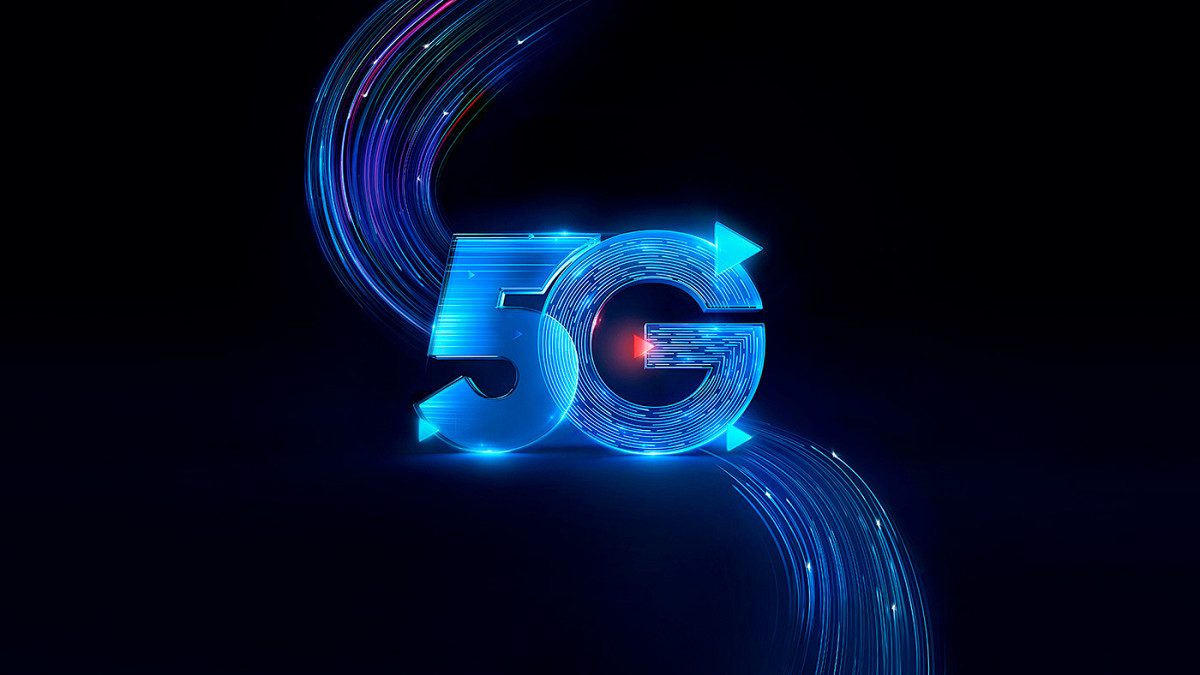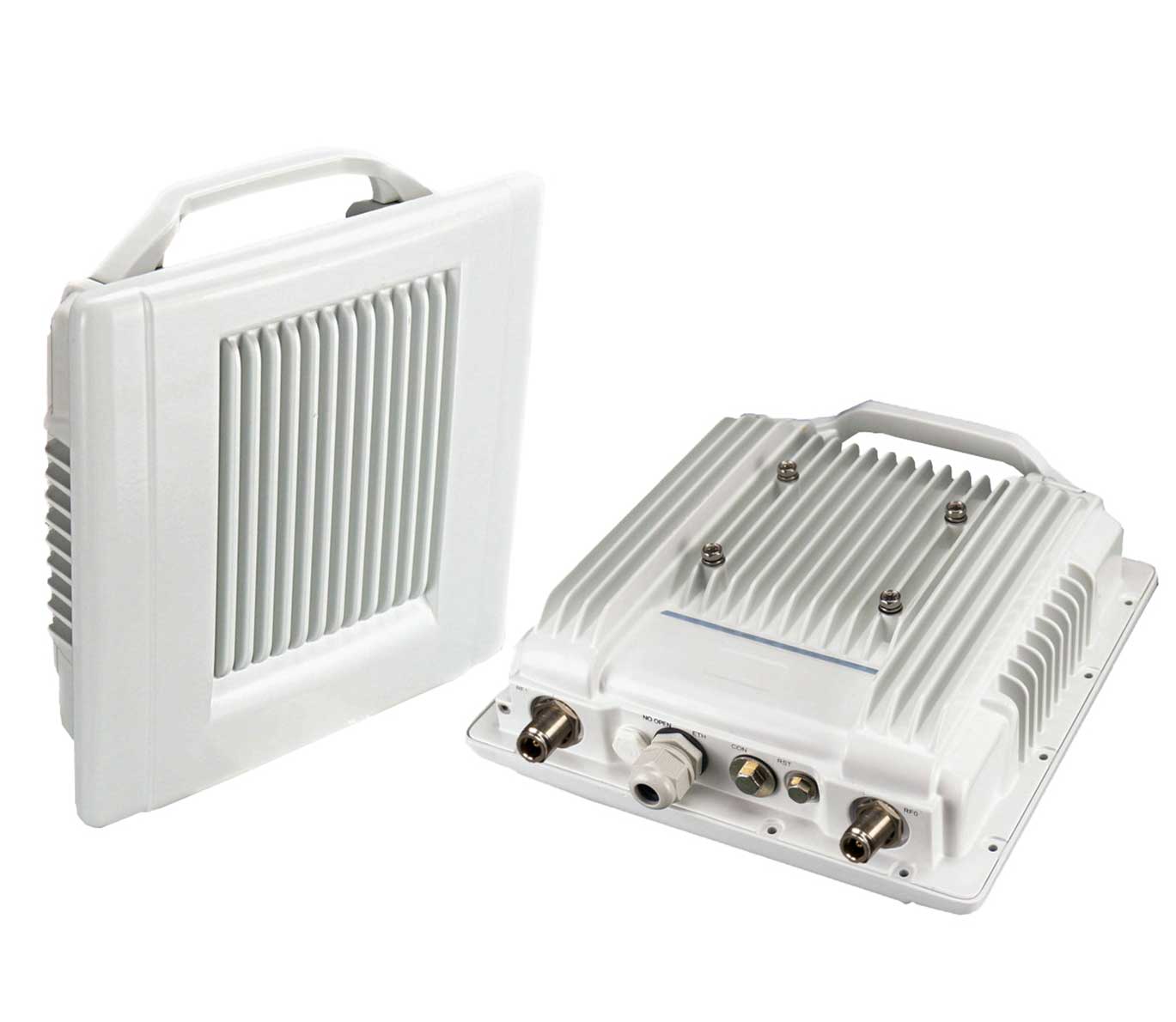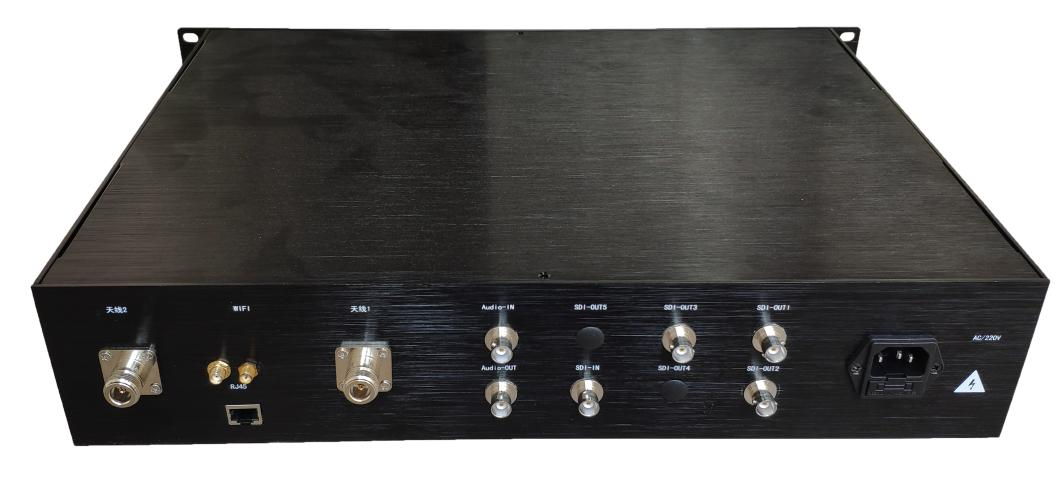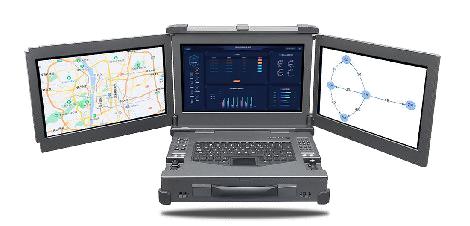The market for wireless communication devices is experiencing explosive growth, and the global scale may exceed 1.2 trillion US dollars by 2025.
The global wireless communication equipment market is experiencing unprecedented growth opportunities. According to the latest report from market research firm Counterpoint, the global wireless communication equipment market size is expected to reach 1.2 trillion US dollars by 2025, with a compound annual growth rate of over 15%. This growth is mainly driven by the large-scale deployment of 5G networks, the rapid popularization of Internet of Things (IoT) devices, and the continuous prosperity of the smart terminal market.

1.The construction of 5G is accelerating, and the demand for base stations and terminals is surging.
With the continuous deepening of global 5G network construction, the communication equipment market is experiencing a new round of purchasing peak. Countries and regions such as China, the United States, Europe, and Japan are accelerating the deployment of 5G base stations to meet the growing demand for data traffic.
According to statistics, in the first half of 2024, the global shipment volume of 5G base stations increased by 30% year-on-year. Among them, Huawei, Ericsson, Nokia and ZTE Communications held the dominant market share. At the same time, the demand for 5G smartphones, CPE (Customer Terminal Equipment) and industrial modules also showed explosive growth. The 5G solutions provided by chip manufacturers such as Qualcomm and MediaTek were in short supply.
2. The Internet of Things has driven the rapid development of low-power communication devices.
The rapid development of the Internet of Things has injected new vitality into the wireless communication equipment market. Applications such as smart homes, smart cities, and industrial internet have a strong demand for communication technologies with low power consumption and wide coverage (such as NB-IoT, LoRa, and Cat.1).
Chip manufacturers such as ZTE CSR, Semtech, and Nordic Semiconductor have all launched new generations of low-power communication modules, which support longer battery life and more stable connection performance. Moreover, with the maturity of RedCap (lightweight 5G) technology, medium and low-speed IoT devices are gradually migrating to 5G, further expanding the market space.
3. Wi-Fi 7 commercial deployment has been achieved, further enhancing the wireless connection experience.
In 2024, Wi-Fi 7 (IEEE 802.11be) officially entered the commercial stage. Its peak rate can reach 40 Gbps, and it significantly improves the stability of multi-device connections. Samsung, Xiaomi, TP-Link, and other manufacturers have already launched routers and terminal devices that support Wi-Fi 7. It is expected to become a standard for the high-end market within the next two years.
Analysts point out that the widespread adoption of Wi-Fi 7 will further drive the upgrade of wireless networks in households, enterprises and public places, thereby stimulating the growth in demand for related chips, antennas and testing equipment.
4. Satellite communication has become a new trend, and breakthroughs have been made in the technology of direct mobile phone-to-satellite connection.
In recent years, satellite communication technology has made significant progress. Functions such as SpaceX Starlink, Huawei Beidou short message, and Apple Emergency SOS have gradually entered the consumer market. Many mobile phone manufacturers, including Huawei, Apple, and Honor, have integrated satellite communication functions into their flagship models, enabling users to maintain smooth communication even in areas without ground network coverage.
Industry insiders predict that in the next five years, satellite communication will deeply integrate with ground 5G networks, forming an "air-ground-space integrated" communication system, providing more reliable connection solutions for fields such as aviation, maritime navigation, and emergency rescue.
5. Challenges and opportunities coexist
Although the market has great potential, the wireless communication equipment industry still faces many challenges, including:
● Supply chain pressure: Chip shortage and rising raw material prices have affected equipment delivery;
● Energy consumption issue: The high power consumption problem of 5G base stations and edge computing devices urgently needs to be optimized.
● Standardization and Security: Global spectrum allocation, 6G standard development, and cybersecurity still require coordinated advancement.
Future expectations:
With the initiation of 6G research and the deep integration of AI technology, wireless communication devices will evolve towards higher speeds, lower latency, and greater intelligence. It is expected that by 2030, 6G networks will be commercially available initially, and new technologies such as terahertz communication and intelligent super surfaces (RIS) are expected to reshape the industry landscape.
Epilogue:
The rapid growth of the wireless communication equipment market has not only accelerated the global digitalization process, but also brought huge business opportunities to enterprises along the entire industrial chain. From 5G to satellite communication, from the Internet of Things to Wi-Fi 7, technological innovation is constantly breaking through boundaries and ushering in a new era of intelligent connectivity.
-
2025-10-28
-

What Is a Mesh Network Radio and How Does It Work?
2025-10-14 -

How to Set Up a Wireless Self-Networking Station in Remote Areas
2025-09-16 -

What Is an Outdoor Wireless Bridge?
2025-08-29 -
MESH Self-Organizing Network Communication Systems: Principles and Future Prospects
2025-08-18 -

Understanding the 4 Major Types of Microwave Transmission
2025-07-30










